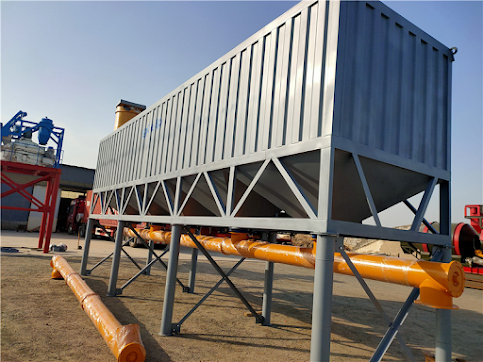How does this contribute to the selection of a floor?
Force reduction is the essential characteristic that identifies whether the shock absorbing ability of a sports floor is appropriate for its athletic use. This factor indicates if the surface is safe, comfortable, high performing and suitable for the requirements and specifications of a project. ASTM test methods evaluate the effects of generated impact force on a playing surface and how it interacts with a body’s joints. Different floor surfacing products conform to various levels of cushioning. The choice of flooring should then be greatly influenced by the expected and defined plan of usage. The levels form different categories from 1 to 5 in order to help sports facility managers in their decision. This facilitates the selection of the most appropriate floor surfacing solution for the activities that will be taking place in the facility. Category 1 (10% – 21% Force Reduction) Typically recommended for low degrees of physical activity in non-sports rooms or areas. Can easily a...
